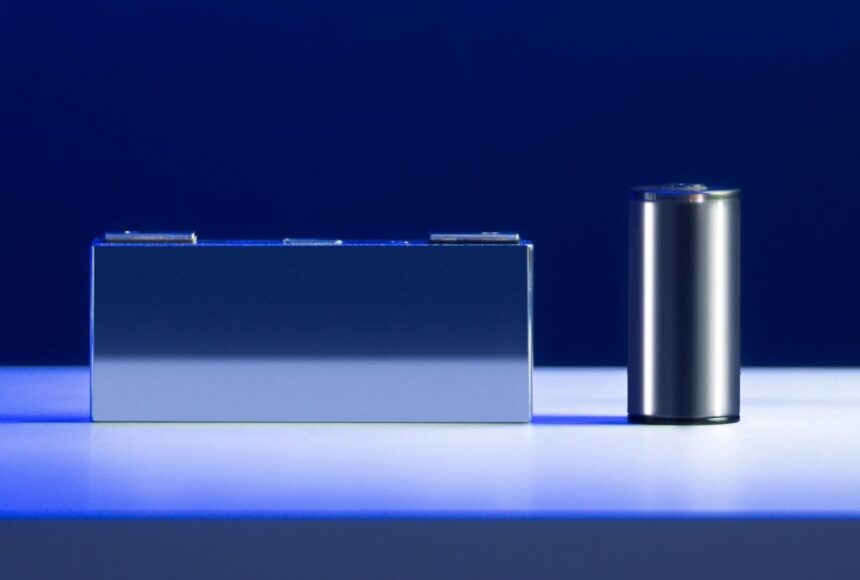Solid-state batteries (SSBs) have been gaining significant traction in the global market, with major manufacturers like Toyota, Nissan, and Samsung SDI already in the pilot production phase. The commercialization of SSBs is accelerating, and it is projected that production volumes could reach GWh levels by 2027 as companies strive to scale up production.
One of the key advantages of solid-state batteries is the improvements they offer in terms of safety and energy density. However, they also come with challenges such as high production costs, complex manufacturing processes, and the need for a mature supply chain. Despite these obstacles, semi-solid-state batteries, currently used in electric vehicles, have seen GWh-level scale installations with cell energy densities ranging from 300–360 Wh/kg. The initial price of semi-solid-state cells is relatively high due to small production scales and the immaturity of manufacturing technologies, but it is expected to decrease to below CNY 0.4/Wh by 2035 as production scales up and technologies advance.
Moving from prototype sample cells to engineering-scale production, all-solid-state batteries (ASSBs) are also anticipated to face high early-stage production costs that could impact product prices initially. However, by 2030, if the scale of ASSB applications exceeds 10 GWh, cell prices are expected to drop to around CNY 1/Wh. By 2035, cell prices could further decrease to CNY 0.6–0.7/Wh with rapid market expansion.
Various manufacturers are focusing on sulfide-based SSB technology, attracted by its high ionic conductivity, which rivals or even exceeds that of liquid electrolytes. Companies like Toyota, Samsung SDI, LGES, SK On, CATL, and BYD are exploring sulfide electrolyte materials, despite their costliness, air instability, and sensitivity to moisture. The development of sulfide-based SSBs shows strong potential but requires strict environmental controls and adds complexity to the production process.
While the development of SSB technology remains cautious, there is optimism surrounding its potential. Key performance indicators like charge-discharge rates and cycle life are not yet at commercialization standards, and current costs are not competitive with liquid li-ion batteries. However, with strong government policies and capital investments, SSB costs are expected to improve significantly as production scales up.
In conclusion, the future of solid-state batteries holds promise for revolutionizing the energy storage industry, with advancements in technology and production processes paving the way for more efficient and safer battery solutions.







